 Here is an odd tale.... or tail, should I say. It's a tale of a visitor going to Italy and finding out that animals talk, screech, bark and chirp differently there. On my first day waking up at our agriturismo, I heard a welcoming, country sort of sound. To me, I heard, "Cock-a-doodle-doo!). Obviously a rooster waking with the sunrise. When I mentioned it to the padrone later on, he nodded his head and said, "Si, that was the gallo with his morning 'chicchirichí'"! (kee-kee-ree-keee). "Ok", I nod.  Then he takes me over to his hen house where he produces organic eggs. There are lots of chickens going "cluck, cluck, cluck", or so I thought. He says "I like-a to hear my galline (hens) laying eggs and saying coccodè" ("coke-o-day"). Then I know-a they are-a happy". Ok. Then he shows me their chicks in a sort of incubator setup to keep them warm. Lots of "cheep, cheep, cheeps" going on. He picks up one and cups it in his hand and mimics "Ahh, piccolo pulcino, 'pio, pio, pio'". (pee-o, pee-o, pee-o). Uh huh.  He suddenly spied a hole down near the floor where a tiny mouse got in and is eating some feed. "I hear these leetle thieves all-a the time going, 'Squit, squit, squit' ", he says as he tries to land a shovel on top of the little guy. All I heard was a "squeak, squeak" as the mouse disappears into a crack. "He's-a mangia here every day... piccolo topo demone!" 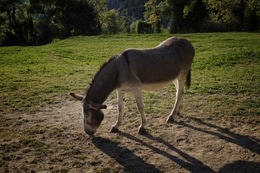 We walk down toward his field and one of his donkeys is having a little hissy fit... "eee, aww, ee, aww!" He goes right up to him, pats him on the rump and says "i-oo, i-oo (eee-oo, eee-oo), mio asino, calma, calma." I picture Shrek's buddy as I watch him calm the beast down as it starts nibbling on a weed.  He wanted to show me his bee boxes near the pond, and as we get close I hear a "ribbit, ribbet". He notices me looking for the source of the croaking and says, "Ahh le rane... 'cra, cra!' Over near-a the water." I see some crows passing overhead and he looks up to mimic them, saying, "Ahh... Il corvo... 'cra, cra, cra' ". Mmmm.... In Italy I suppose frogs and crows are some sort of cousins--they speak the same language. There are lots of cousins in Italy.  Onward toward the bee boxes, when I hear a wayward sheep say "Baa, Baaaa", Padrone mimics again.... "Hey, get-a back over there, mia pecora.... 'Bee... beee!' " grabs him by his wool and lifts him back over the fence into the field. "Bee?" Does the sheep know we're going to see the bees? Somehow, I don't think so. 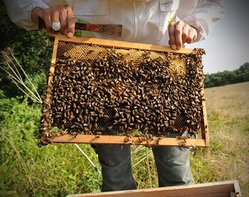 We get to the bee boxes and all I hear is "Bzzz... Bzzzzz" while he lets out, "zzzz.... zzzz... zzzz... see the ape? They won't sting. No worry We make-a our own miele here too!" Then the goose on the pond let's out a "Honk, Honk" and he answers back "Qua, Qua, oca!" and throws a crust of bread he had in his pocket to the long necked beauty. 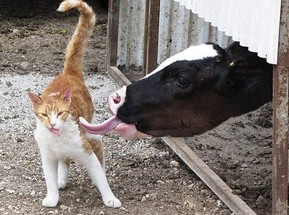 As we wandered back around the main field and on toward the main house, I saw some cows laying down near the fence with a cat playing around their tail. Then he points amused and says "Look-a, the gatto, she plays with-a the mucca... 'miao, miao... MUuuuuuu....' " At last... at least some animals around here talk English! As I get back to my little stone cottage, one of the many dogs on the farm runs up to me and barks, "bau bau!" Wait a second. I'm actually starting to get the hang of this language! "Here boy", I call... "venire qui, cane... bau, bau!" I give him a piece of sausage from my pocket. (Where'd that come from?)
(Gotta remember to buy some of that miele before I leave). --Jerry Finzi You can also follow Grand Voyage Italy on: Google+ StumbleUpon Tumblr  Before taking our Voyage to Italy, I wanted to research the lifestyle in the region my father was born in: Puglia. The perfect book for this task was Pan' e Pomodor - My Passage To Puglia by Ian R. McEwan ($17 on Amazon), a Scotsman who married an Italian emigrant's daughter. Together they bought and renovated not only a home on the Gargano peninsula, but their lives as well. He tells stories of the Italian bureaucracy with its convoluted ways when buying a home, a car, and getting their papers all legal just to live in Italy. He also tells of the odd customs of nicknames in the small villages... so much so that many have no idea why one person might be called something like "The Black Penis" and why his descendants will be stuck with the moniker. He talks of slight breezes up from the sea causing the locals to bundle up and shutter their homes. He discusses the difficulty of trying to learn one of the many thousands of very localized dialects... with no written record of the language.
For me, the best parts were his struggles to purchase and then to get his villa restored into livable condition. Buying a property in Italy might mean dealing with have a dozen relatives, each owning different rights to the property... a right to the olive trees, another holding rights for the almond trees, yet another for the right to hunt, and a handful who share ownership of either the land itself or the structures (or equipment) on the property. He dealt with stolen fencing, snakes, having stone cut, fixing holes in the roof, finding plasterers, plumbers and carpenters that would actually show up when promised, and wouldn't steal things or get drunk when they did. All in all, it's an amazing look at life in a small Pugliese village. I can't wait for his second book to find out how their life turned out... --Jerry Finzi "You Americans are always concerned about your weight. Even if you are thin, you think you are overweight. If you have a big stomach, you're embarrassed and want to lose weight. You even have operations to stop you from eating too much. In Italy if I get too thin a Nonna will stop me on the street and say 'You need to eat more. You’re too thin. Also you’re dog is too thin. EAT MORE and feed this poor dog!'"
Aside from my mainstay of photography--advertising for liquors, jewelry and home furnishings--I used to do some beauty and fashion work. I even did a short stint in Paris. In my time, I've worked with and directed many types of models (some who became household names), stylists and makeup people. While lately I don't really pay close attention to fashion styles and trends, I do see what's going on--at least in my peripheral vision. I will also admit to being fairly opinionated--no more and no less than most creative types. I'm of the opinion that classic style is timeless. It lasts. It's not really a trend. The best Italian style is exactly that. When we traveled throughout Italy, the best looks were the simplest--sort of like the Italian cuisine versus French. The first is simply prepared with the best ingredients. The latter is overly complicated and at times convoluted. Beauty is beauty. Balance, lines, color and texture have certain rules if they are to work well together. Here are some thoughts on a few looks I've stumbled upon lately... Am I not getting something? --Jerry Finzi
 Sculptor at work in the Oltrano Sculptor at work in the Oltrano Keep in mind when visiting Florence, that you are in a timeless city with centuries-old tradition of artisan crafts, with many maestri (masters) in each of their specific trade-crafts. Many still work with traditional tools and methods, while others have modernized their techniques to suit the increase in demand from the tourist trade. This is a double edged sword. On one had, it is still possible to find the best traditional leathers, jewelry, linens and more. On the other hand, the casual Voyager to Florence has to be wary of shoddy materials, careless workmanship, outright fakes and forgeries and cheap factory-made imports from China. A great way to start your search is to take a stroll through medieval streets of the Oltrarno (“other side of the Arno”) neighborhood, in between Via Maggio and Piazza Pitti. Walk past the vendors on the Ponte Vecchio to the south bank of the Arno and then a bit west. You will sense that you really stepped back in time into the Renaissance discover a literal maze of artisan workshops in the tiny streets--violin makers, bookbinders, gilders, ceramics, tilemakers, mosaics, calligraphers, clock makers,metal-workers, framers and sculptors. Just remember not to go during riposa, when most Italians close up their shops for 203 hours between 2-3 pm. Early morning or later in the afternoon is best. There are also many little piazza with trattoria to enjoy, sit back and just take it all in... --Jerry Finzi |
On AMAZON:
|











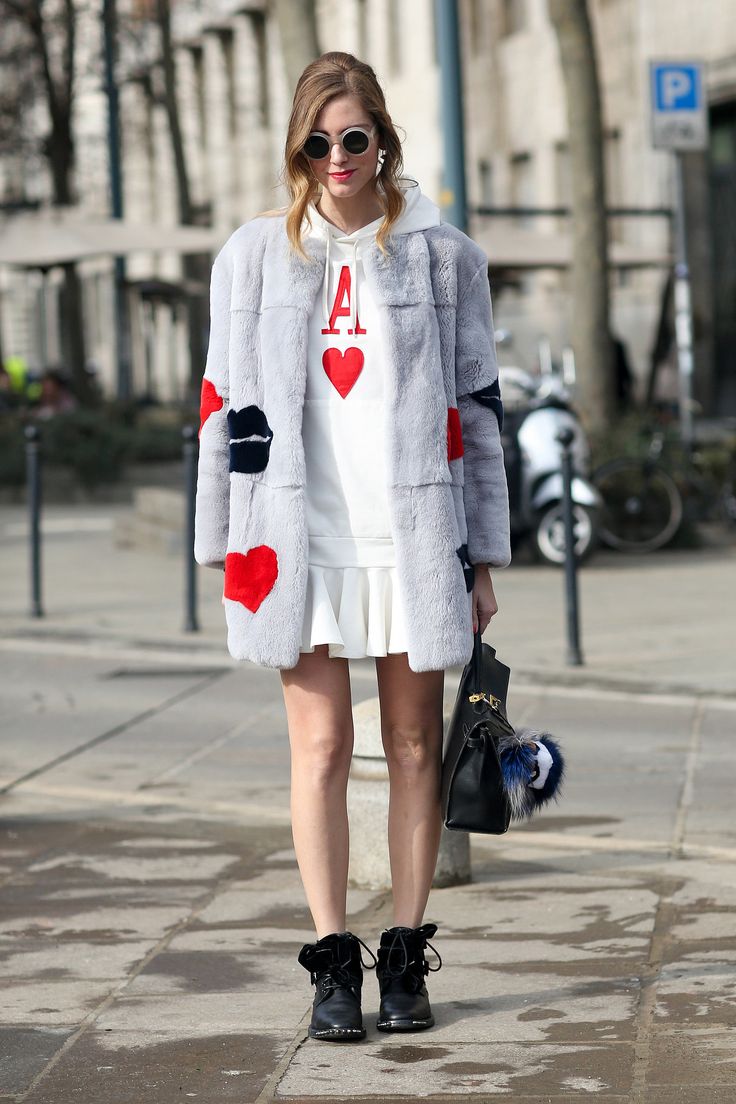

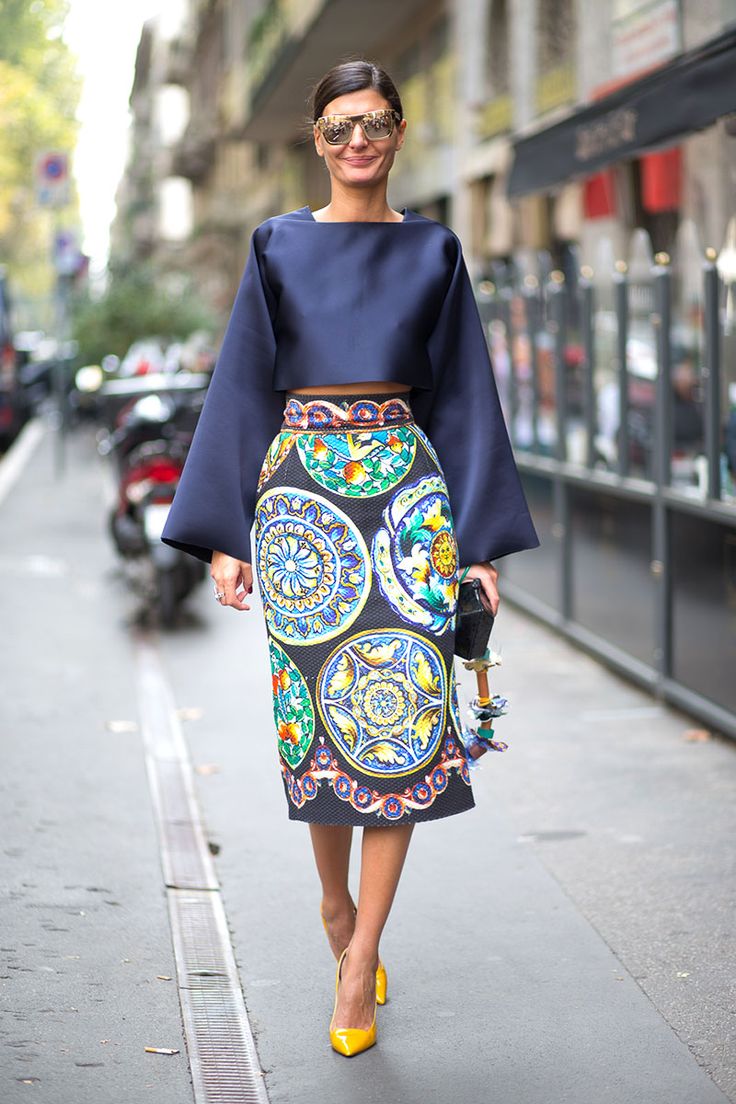












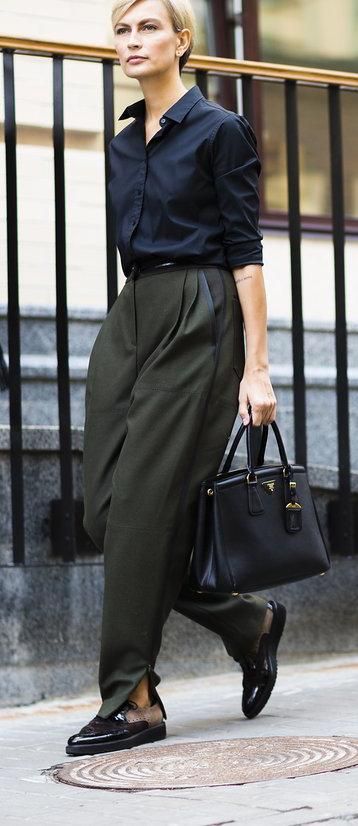




 RSS Feed
RSS Feed

